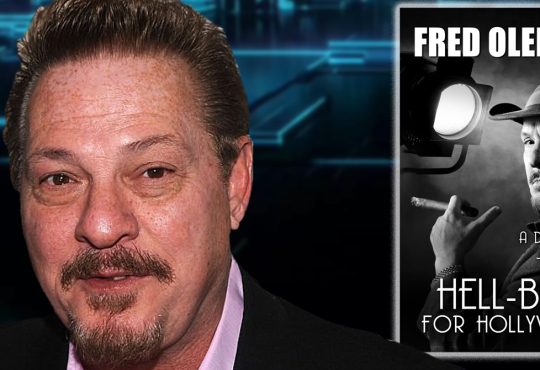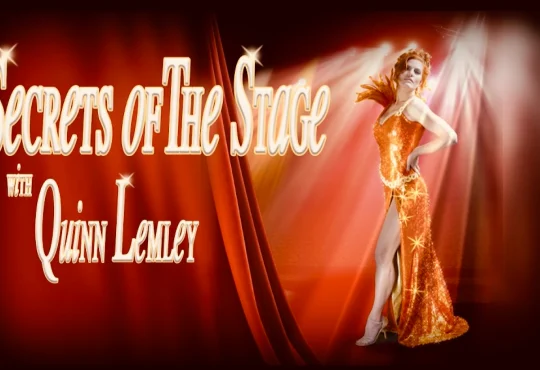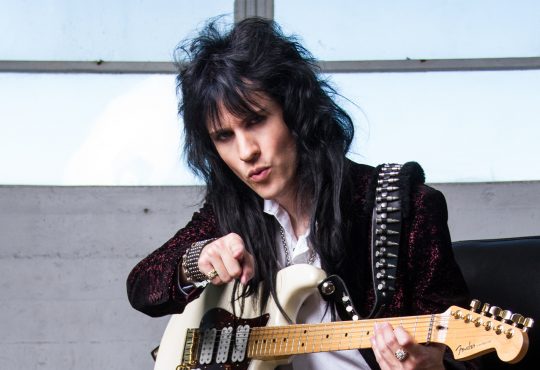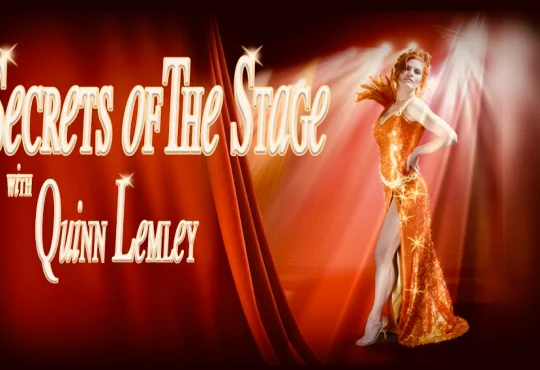Flesh and Boners: ‘Minx’ Is Your New Favorite Feminism-Meets-Porn Comedy
In HBO Max’s new comedy series Minx, Ophelia Lovibond plays Joyce, an idealistic young writer who has spent most of her life dreaming of launching a magazine dedicated to trumpeting her feminist ideals. She pitches this idea to members of the magazine publishing elite but her invitation for them to “be on the right side of history” — the show takes place in 1971 — is not well-received. One of them looks at the woman on Joyce’s mocked-up cover and asks, “Why is she so angry?”
Joyce does manage to find one potential backer, but to her dismay, it’s Doug (Jake Johnson from New Girl), a cheerful, unapologetic porn publisher. “You gotta hide the medicine,” he insists. “It’s like when you give a pill to a dog, you dip it in peanut butter first. So my question is: What’s our peanut butter?”
The peanut butter, it turns out, is dongs. Lots of them. Doug’s brainstorm is to pair Joyce’s articles on the ERA and birth control with explicit male centerfolds.
Minx does not lack for full-frontal male nudity, as if creator Ellen Rapoport were trying to make this one show into a corrective for decades of cable and streaming dramas using naked women as background scenery. And Rapoport, like Doug, is adept at administering the medicine. The series offers genuine insight into the subjects Joyce cares about, but wrapped around them is an exceedingly charming workplace comedy.
The early Seventies were a golden age for both feminist magazines (Gloria Steinem’s Ms. launched in 1972) and porn aimed at women (the first issue of Playgirl came out in 1973). And there was a real-life version of what Joyce and Doug do here: Viva, founded by Penthouse publisher Bob Guccione, which mixed naked men with attempts at more thoughtful commentary. (True story: A young Anna Wintour served as the Viva fashion editor.) Rapoport has cleverly blended bits of each together with other real-life publishing sensations of the time like Burt Reynolds’ famous (but carefully posed) nude Cosmopolitan centerfold.
But regardless of which factual inspirations Minx is drawing on in any one moment, the show’s appeal comes chiefly from the charming cast of characters Rapoport has assembled. Lovibond makes for an amusingly flustered heroine, as Joyce’s idealism keeps colliding headfirst with the pragmatic nature of the publishing world. Few actors, meanwhile, can play a gum-chewing sleazeball with a heart of gold as well as Johnson, whose appeal seems to grow in direct proportion to the grossness of the person he’s portraying. The rest of the ensemble builds nicely around them, including Lennon Parham (whose mere presence and crackling line delivery improves every comedy she appears in) as Joyce’s sister, who finds helping at the magazine a welcome diversion from suburban motherhood; Jessica Lowe as a nude model from Doug’s other magazines who has her consciousness raised by Joyce; and Taylor Zakhar Perez as the magazine’s sweet but utterly dim first centerfold. (He proudly invites his parents to the launch event, telling Joyce, “I’m the first person in my family to attend a press conference.”)
Through the half-season’s worth of episodes HBO Max gave critics, the odd-couple partnership of Joyce and Doug seems to change her more than him. In one early installment, she can’t resist giving into the fantasy promised by one of the magazine’s photo spreads, to loud and ridiculous effect. Minx may be targeting its audience’s funny bones far more than their neither regions, but it still knows how to satisfy.
The first two episodes of Minx begin streaming March 17 on HBO Max, with two episodes a week after that. I’ve seen the first five of the season’s 10 episodes.







